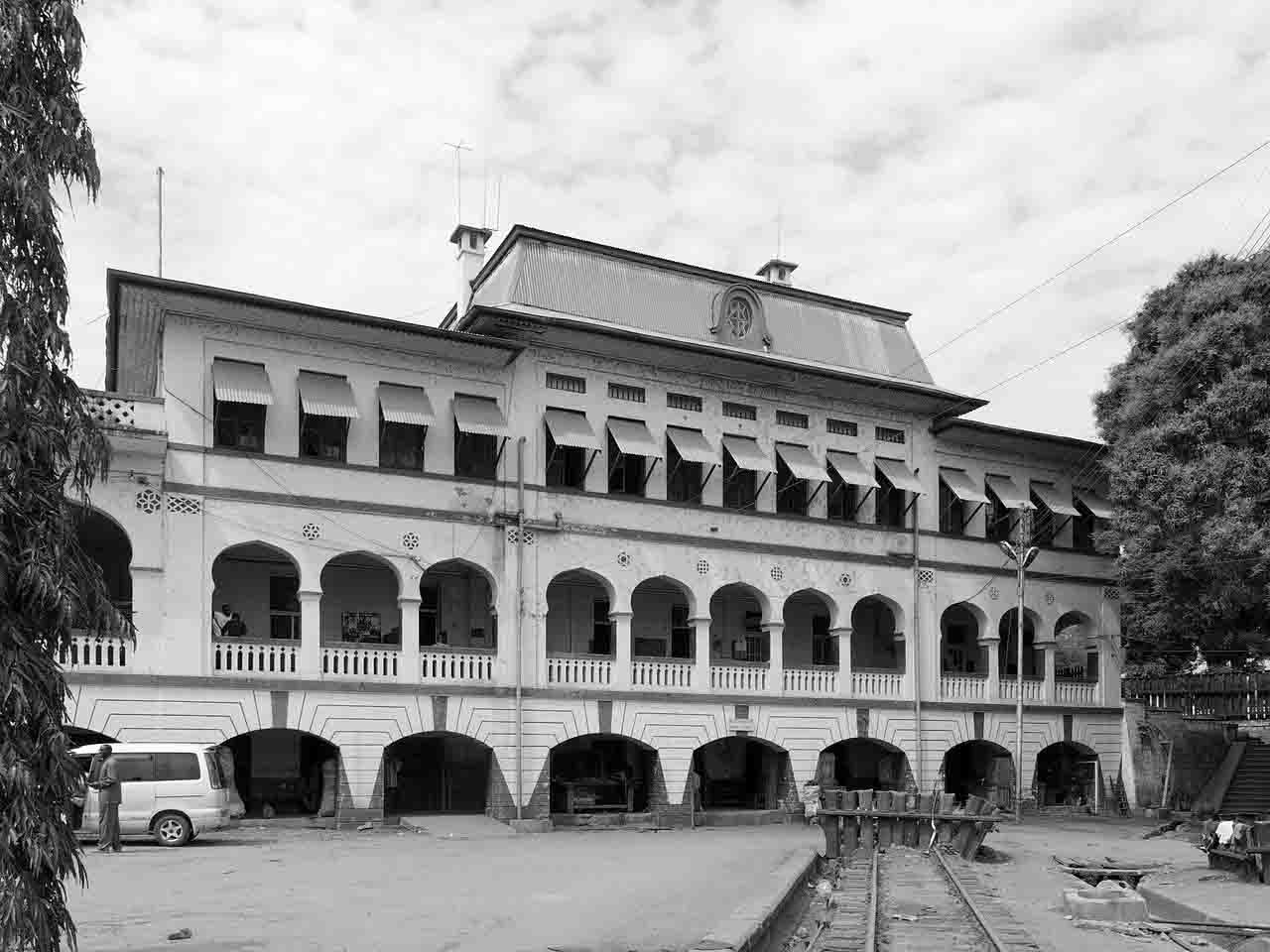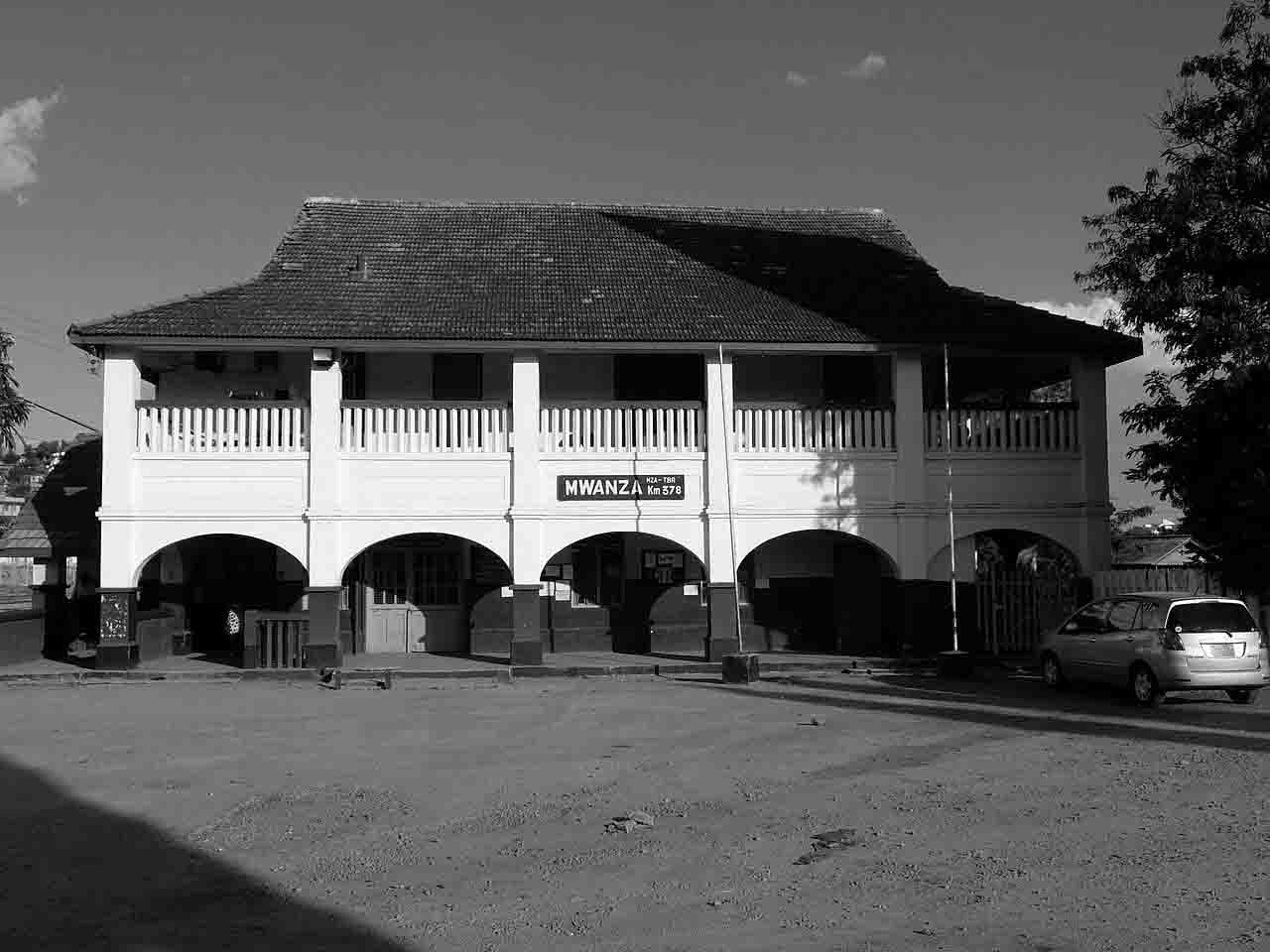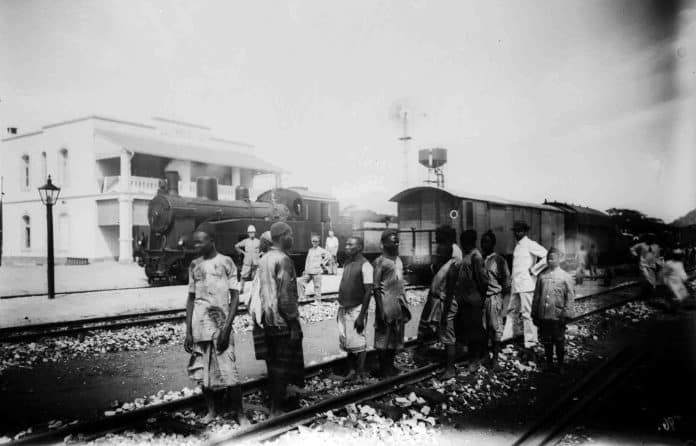The Central Line (Tanganyika Railway) – History, Traffic and More
Apart from TAZARA, the Central Line (known as Mittellandbahn in German) is the most crucial rail line in the country and was originally called the Tanganyika Railway (German: Tanganjikabahn). It connects Dar es Salaam and Kigoma on the shores of Lake Tanganyika through Dodoma. A separate branch connects to Mwanza on the shores of Lake Victoria.
Tanzania commenced construction of the Tanzania Standard Gauge Railway in 2017, which would connect Dar es Salaam to Mwanza through a standard gauge (1435 millimeters) railway line parallel to a 1000mm meter gauge Central Line, with a new branch heading northwest to Kigali from Isaka.
History
German Era
The Central Line in Tanzania was the 2nd railway project in the German East Africa colony, following the Usambara Railway. The Tanganjikabahn-project required the establishment of a corporation, the Ostafrikanische Eisenbahngesellschaft (OAEG), which began construction of the railway in 1905 with a loan of twenty-one million marks from Adolph von Hansemann’s Disconto-Gesellschaft (a Discounting Company) bank. Construction began in Dar es Salaam, the capital and port at the time.
From the outset, the engineers faced significant obstacles, including the tropical environment, frequent severe rain, and a scarcity of adequate building materials. On the other side, they could draw on lessons learned from the earlier construction of the Usambara Railway. A meter gauge of 1,000 mm was used. The Central Line is Tanzania’s biggest technological legacy from the German colonial era.

The route paralleled an ancient caravan route all the way to Tabora, which provided significant logistical benefits. German settlers quickly established plantations, and Tabora grew into a big agricultural center. In 1907, a kilometer of two hundred was reached near Morogoro town. The railway reached Kilosa in 1909. Kigoma was reached at kilometer 1252 on Lake Tanganyika in 1914, just before the outbreak of the First World War. The average travel time over the entire trip was fifty-eight hours. It was intended to extend the line to Iringa and then to Lake Malawi, but the project was halted owing to the conflict.
The line’s construction facilitated trade between the coast to the east and Lake Tanganyika, as well as the expansion of the ports located at its termini.
The Mandate of the United Kingdom
Britain’s mandate constructed three branch lines to the Central Line. The longest, measuring 379 kilometers (235 miles), connected Tabora and Mwanza on the south shore of Lake Victoria. Another route connected Kilosa with Mikumi. A third line, constructed in 1931 and running from Kiniyangiri to Manyoni, was closed in 1948.
Post-Independence
Following Tanzania’s independence, the Usambara Railway and the Central line were linked between Ruvu and Mruazi stations.
The Central Line Primary Line
The Central Line connects the Tanzanian city of Dar es Salaam on the Indian Ocean with the country’s current capital, Dodoma, in the country’s center, and continues to Kigoma, Tanzania’s most significant port on Lake Tanganyika’s shore. It entirely circumnavigates central Tanzania spanning 1,254 km (779 miles) and surpasses the height of the East African rift valley‘s east side. Dar es Salaam, Morogoro, Ruvu, Kilosa, Manyoni, Dodoma, Kailua, and Tabora are the major stations on this route.
Mwanza Line
The Mwanza Rail line links to the mainline in Tabora and terminates at Mwanza. This railway route covers a distance of 378 kilometers. Its building began in 1923 in Tabora and concluded in 1928 in Mwanza. A dry port has been built in Isaka town with the purpose of transporting freight to Burundi and Rwanda. Tabora, Isaka, Shinyanga, Kakola, and Mwanza are the major stations along the Mwanza Rail line.

Mikumi Line
Mikumi line, constructed from 1958 to 1963, extends south from the Central Line in Kilosa before transversing the Mkata Plain on its path to Kidatu, where it joins the 1,067-millimeter gauge TAZARA Rail line at a break-of-gauge.
Central Line Traffic
Tanzania railways Corporation currently operates rail services. Three passenger services are offered by the timetable every week in each direction traversing the entire length of the route. According to the current schedule, the journey to Kigoma from Dar es Salaam takes around 40 hours. The lengthy journey time is a result of the railway infrastructure‘s poor condition, which dates mostly from the German colonial era. There are three classes available, with the second class including sleeping cars and the first-class having solely sleeping cars. Based on European standards, the level of a second-class sleeping vehicle is more akin to a couchette.
In 2009 December, flooding caused significant interruption; activities resumed in 2010 June.
For more articles related to Railway in Tanzania, click here!






























